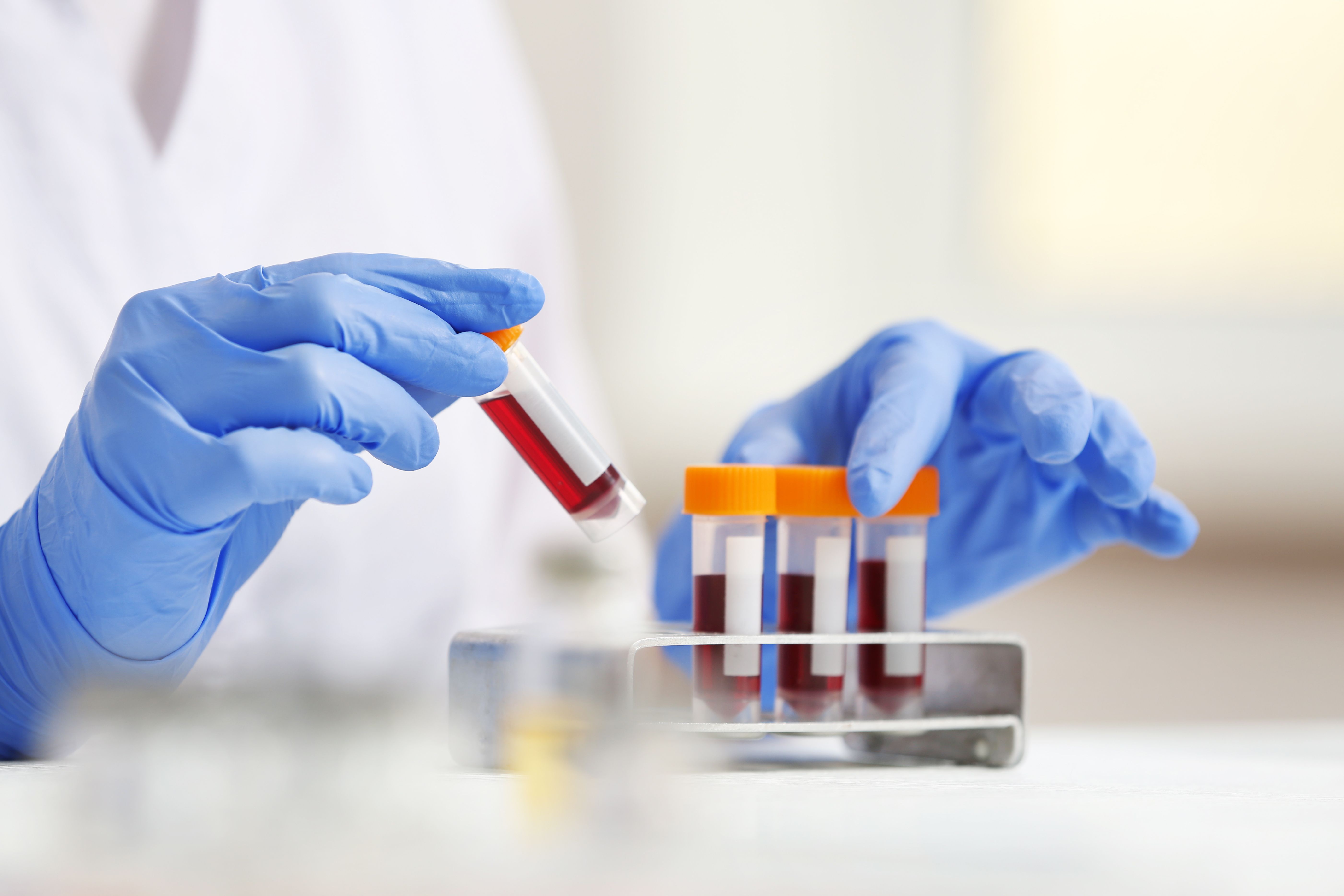Lanadelumab shown to significantly reduce hereditary angioedema attacks in Japanese patients
This new data is consistent with previous results on efficacy and on safety shown in global phase 3 studies that had enrolled both adults and adolescents.
Lanadelumab shown to significantly reduce hereditary angioedema attacks in Japanese patients | Image Credit: © Africa Studio - ©Africa Studio - stock.adobe.com.

Lanadelumab leads to a substantial reduction in frequency of hereditary angioedema (HAE) attacks, according to recent findings, and the treatment is well-tolerated as a prophylactic therapy.1
These study results came from new research from Japan in which investigators examined the efficacy and the safety of lanadelumab as a means to prevent HAE attacks in patients specifically from Japan.
This research follows the recent indication of lanadelumab indication in the US, during which the treatment was expanded to include pediatric individuals in the age range of ≥2 years in February of 2023.2 The study was authored by Ming Yu, MD, PhD, from the Takeda Development Center Americas, Inc, in Lexington, Massachusetts.
“To bridge the gap between data on the global lanadelumab outcomes and the outcomes in Japanese patients with HAE, a phase 3, multicenter, open-label study…was conducted to evaluate the efficacy and safety of lanadelumab in Japanese patients with HAE type I/II,” Yu and colleagues wrote. “The results of this study added to the evidence base from the global HELP and HELP OLE studies and contributed to the approval of lanadelumab use in Japan in March 2022.”
Background and Findings
The investigators assessed Japanese participants specifically who were aged ≥12 years and had HAE type I/II, with the team seeking to examine both the safety and effectiveness of the prophylactic therapy for HAE attacks known as lanadelumab. Those who were considered eligible for the study had a documented diagnosis of HAE as well as a prior history of at least a single investigator-confirmed attack of HAE at the time of the 4-week baseline period.
The research team’s exclusion criteria were made to include several different medical conditions as well as recent use of medication by the participants. The research spanned from December 2019 to August 2021 and took place at 10 study sites in Japan.
The study’s participants were involved in a run-in period to find out baseline attack rates and were given lanadelumab treatment for a total of two 26-week treatment time periods, during which their dosing frequency could potentially be adjusted based on control of symptoms.
The investigators primary aim was to look at their primary efficacy endpoint of patients reaching attack-free status within the time of their first 26-week treatment period, along with other kinds of outcomes including attack types, attack rates, and health-related quality of life. The team monitored hypersensitivity reactions, adverse events, and coagulation struggles as safety indicators for the research.
Immunogenicity—which was measured by the existence of anti-drug antibodies—was also evaluated by the investigators. The team’s work adhered to ethical guidelines and patients' informed consent. HAE attacks were captured by the research team as both efficacy events and adverse events, but only non-HAE attack adverse events were viewed by the team for safety analysis.
The team’s research ended up involving 12 Japanese participants with reported HAE. They noted that lanadelumab was administered by the investigators at a dose of 300 mg for every 2 weeks, with a total of 52 weeks and the option by the participants to decrease their dose to every 4 weeks if their symptoms were shown to have stayed well-controlled for 6 total months.
At the time of the initial 26-weeks, the investigators reported that 41.7% of the participants were found to have experienced no HAE attacks. The mean monthly HAE attack rate was also shown to have dropped by 74.0% over the course of 52-weeks of treatment, with a notable decrease from a baseline of 3.8 to 1.2 complete HAE attacks.
Also, the investigators added that the treatment’s results showed a strong safety profile, with no treatment-related mortality, adverse events considered severe, or discontinuations as a result of adverse events. They explained that the most frequent adverse events were shown to be mild injection-site reactions, occurring in 6 participants.
Overall, the team noted that these findings supported the possible use of the treatment as a prophylactic therapy for HAE in patients from Japan, adding to the body of literature examining the drug’s use.
“The results of the study show the effectiveness of lanadelumab for prevention of HAE attacks in Japanese patients with HAE type I/II,” they wrote. “The efficacy and safety of lanadelumab in Japanese patients was consistent with the efficacy and safety reported in global phase 3 lanadelumab studies that enrolled adults and adolescents.”
References:
- Hide, M, Ohsawa, I, Nurse, C, Yu, M. Efficacy and safety of lanadelumab in Japanese patients with hereditary angioedema: A phase 3 multicenter, open-label study. J Dermatol. 2023; 00: 1–11. https://doi.org/10.1111/1346-8138.16909.
- Takeda Pharmaceutical Company Limited. Highlights of prescribing information. Takhzyro™ (lanadelumab-flyo) injection, for subcutaneous use. 2023. Available from: https://www.accessdata.fda.gov/drugsatfda_docs/label/2023/761090s010lbl.pdf.
This article was initially published by our sister publication, HCP Live®.